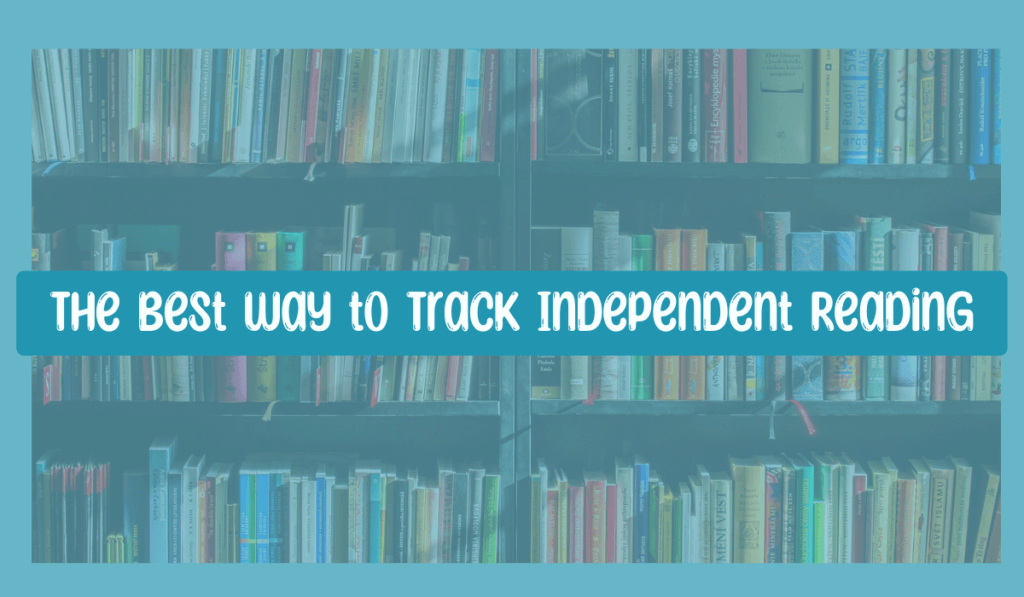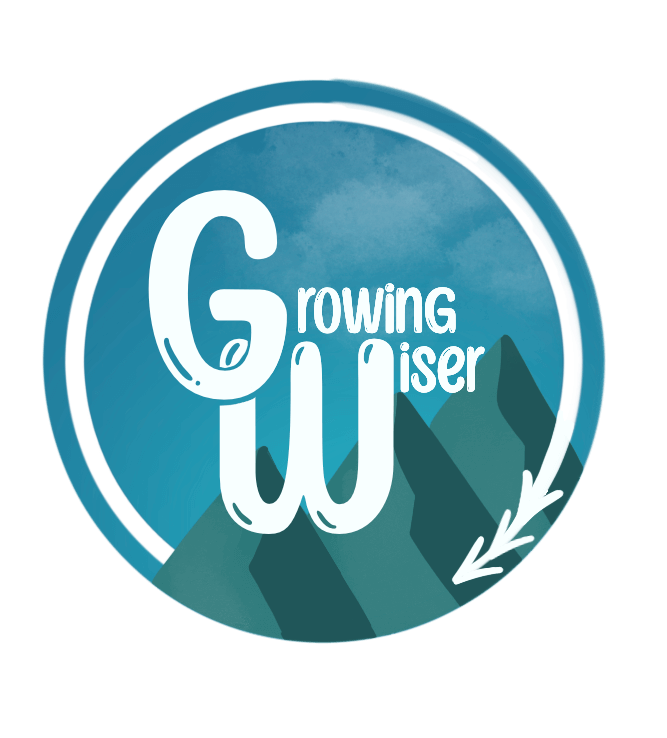
The Easiest Way to Track Independent Reading
Ditch the Reading Logs & Find a Better Way!
Tracking independent reading goals can be the thing that sucks all fun out of reading. I have been an avid reader my entire life. I love seeing my own progress when reading. On Goodreads, I obsessively update my progress on my current book every 50-100 pages, loving the percentage visual I get as a reward. As a kid, I loved summer reading programs where I could mark off the amount of books I’d read. That said, nothing killed reading for me like the old fashioned reading log.
You know the one I mean – at home each night, I had to alert my parents that I was going to read, set a timer, and sit and read. Then, I would need to get a parent’s signature confirming that yes, I did in fact read. It felt so inorganic, especially as a child who read unprompted all the time. Reading became one more chore – meant to be rigorously tracked and confirmed by my parents.
By upper elementary, this method feels wildly inappropriate. Not only does it suck the fun out of reading by making it inorganic, it also leaves the door open for fake reading. Yes, the parent knows the child sat dutifully staring at a book for 20 minutes, but did the child make any real progress? When I began teaching, I wanted a less involved way of tracking student reading. Enter: page goals!
It was simple: students simply had to read x amount of pages each week. It was something we could check every Friday. Parents need not sign off on every moment their child read. It was a nice transition into some personal accountability for the upper elementary and middle school students too!
A Meaningful Measurement
What makes pages read the best way to track reading? First of all, it’s more meaningful than measuring books read. After all, what’s more challenging: reading five Captain Underpants books or reading one Keepers of the Lost Cities book? More books doesn’t always mean reading! I dutifully pointed this out at the end of last year when my mother (I come by my bookworm tendencies honestly) was sharing how many books she had read that year. Having read several epic fantasy novels myself, as well as nursing a horrible streak of competitiveness, I pointed out that she may have read more books than me, but surely not more pages! …it was a humbling moment for me when she revealed that she had, in fact, easily bested me in pages read in addition to books read. Still – that metric made me feel the thousand page fantasy epic I’d read was at least counted! The point is: page goals validate readers who want to choose longer books. I have students set a goal for pages read the entire school year – not books read!
Easy Differentiation
Now, my favorite reason to use page goals: they are easily differentiated. There’s still something to be said for a daily reading time goal. I’m sure you’ve seen the famous adage that children should aim for reading at least 20 minutes a day. I’m not here to say we get rid of that goal, just to rethink how we support the reaching of it. Page goals are a great way to turn the 20 minutes a day into organic reading habits. To start with, you’ll need to find a student’s reading speed. Make sure they have a ‘just right’ book – not too challenging, but not too easy. During the year, I let them try harder novels and take breaks with easier ones, but for setting a baseline ‘just right’ is best. You’ll have students read for a set amount of time, then use the amount they read to calculate their average pages read per minute. After that, you estimate how much they should be reading a week based on your expectations. For me, they have time in class Monday through Thursday and are expected to average 20 minutes at home Monday through Thursday. It ends up being around 140 minutes each week. Then, you take their average pages read per minute and multiply it by your weekly expectation and – voila! An easily measured, differentiated goal!
The other nice thing about this is that it’s less rigid than an exact 20 minutes a day. Sure, that option exists for students who thrive with rigid schedules, but it opens the door for students who would rather do 40 one night and 10 the next around their sports schedules. It helps make reading organic! Think about it: I’m sure you’ve sat down and gotten lost in a book for an hour one evening, but not touched it for the next two days. No one would accuse you of not reading just because you didn’t hit the exact time read evenly across multiple days!
Visual Measurements ➡️Adjustable and Easy Accountability
Another great aspect of page goals: it’s visual! If you have a student who struggles with time management or recalling goals, pop a sticky note or bookmark on the page where they need to be by the next week.
Of course, this goal is easy to adjust as needed. If halfway through the year you have a student who has begun choosing more challenging novels, lower their page goals. If your student is ready for a higher challenge, increase the page goal. This is also a great chance for students to practice some self-advocacy! I always encourage students during conference time to share with me how they feel about their page goals. It’s also an incredible at-a-glance to be able to tell if a student is actually putting in the time to read. I can easily see Johnny’s page goal is 100 a week, but he’s only read 50 a week for two weeks in a row. It’s a nice jumping off point to have a conversation with him about what habits are keeping him from hitting his goals.
The Routine
Personally, I don’t take hitting page goals for a grade. I want to build a habit and allow for flexibility in it. I want to use page goals to make independent reading organic and enjoyable. I do offer some rewards: students who hit their weekly goal get entered into raffles for sticker store coupons! This year, I’m adding a bookmark tracker where students can collect reward stickers for weeks they hit their page goals and earn sticker store coupons as they earn streaks of hitting their reading goal. It’s a good balance between randomized rewards and guaranteed rewards.
Ready to start your independent reading program this year with page goals? I have a great product here that already includes sheets for students to calculate their differentiated goal, instructions on how to guide them through it, and bookmarks students can update weekly to track their pages read and use as a visual to hit their weekly goals! Check it out here!
